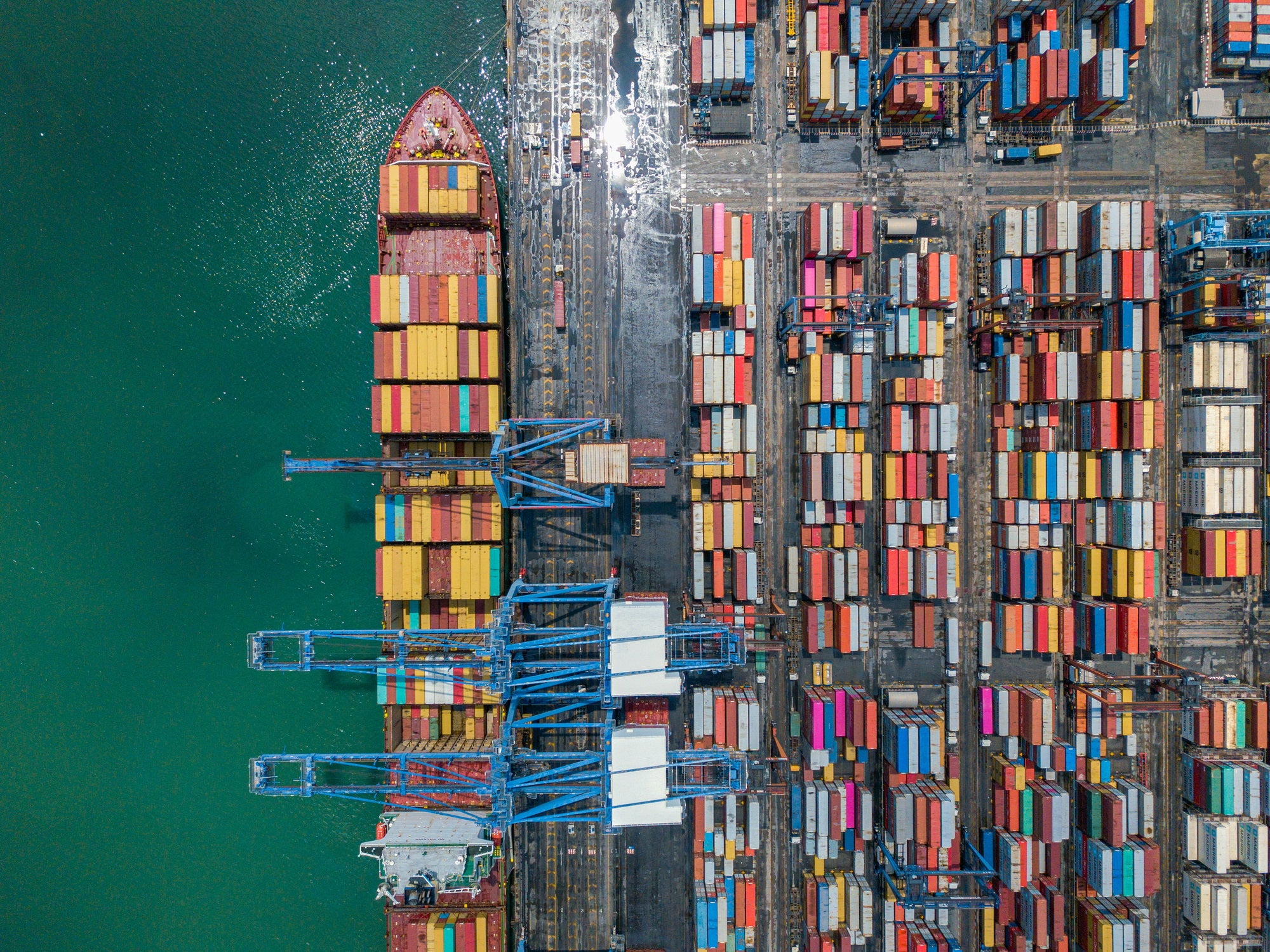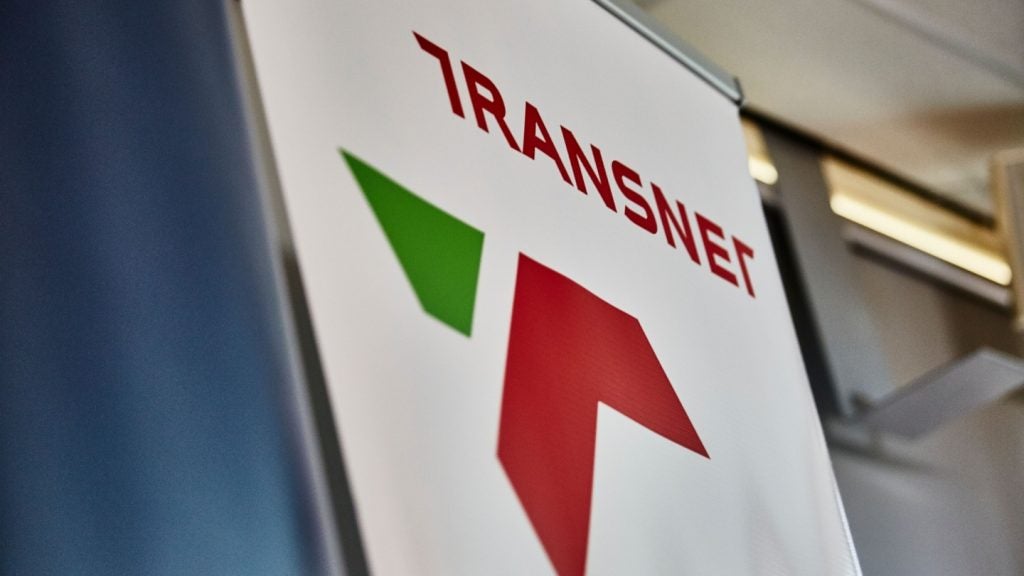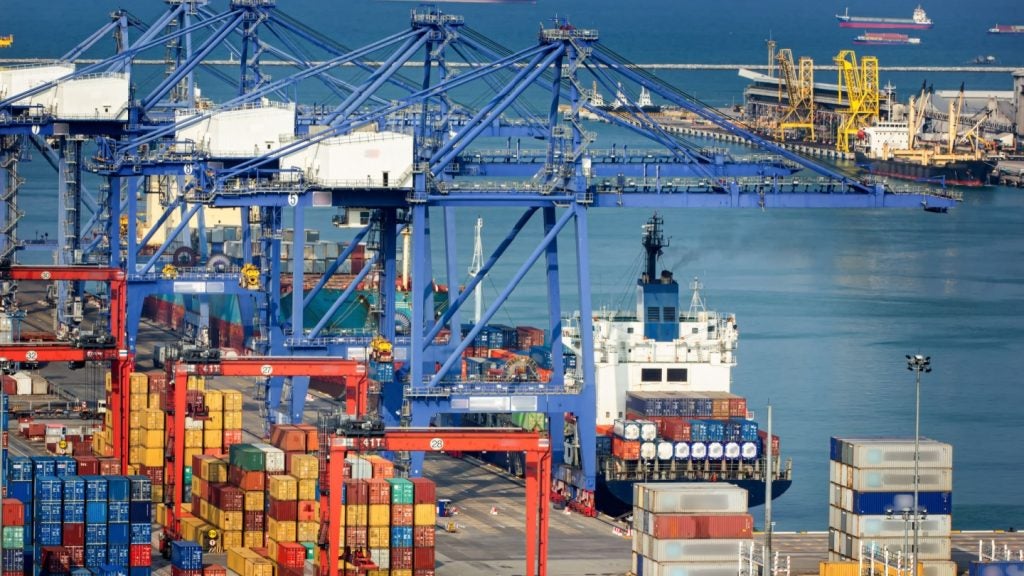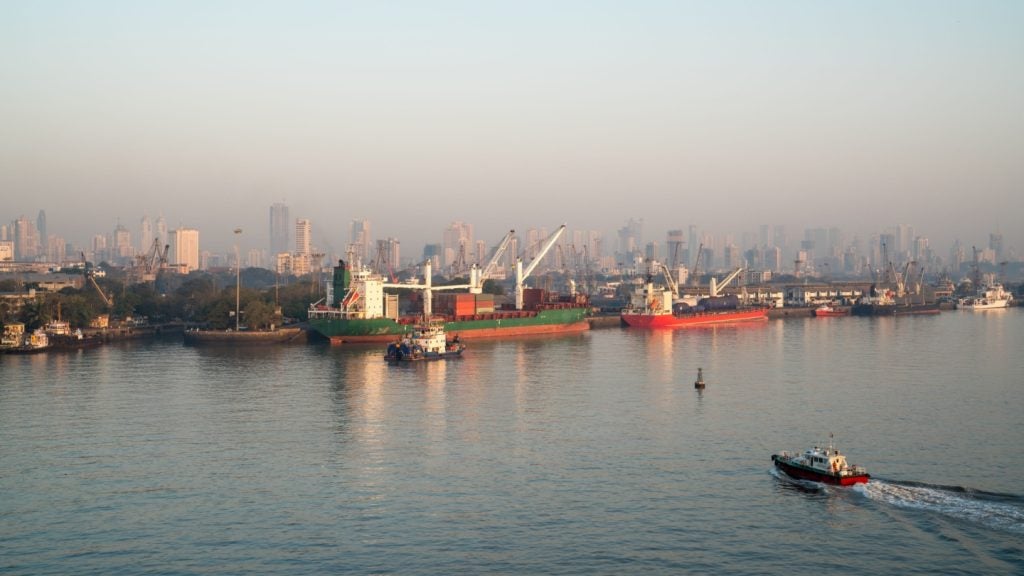
In April, the United States Coast Guard (USCG) published its latest annual report on its port state control (PSC) activities, cataloguing the key statistics around its vessel inspection activities for 2019. The report noted that the coast guard carried out 8,622 safety inspections and 8,619 security inspections on docked ships in 2019, from a total of 83,231 port calls across the US.
The agency recorded a slightly decreased number of vessel detentions as a result of these inspections, with 96 detentions for safety or environmental deficiencies (down from 103 in 2018) and seven ships detained for security failures (down from eight in the previous year).
The report also provided an update on USCG’s Targeted Flag List, the list of flag administrations that are associated with a higher rate of vessel detentions, and thus targeted for more frequent inspections of vessels operating under that flag state. In the last year, the flag administrations of Cyprus, Turkey and India have been removed from the list, a recognition of the improved standard of shipping originating in those countries over the last three years.
But what exactly is port state control on a global level? And for that matter, how do targeted flag lists work, and under what conditions do flag administrations enter or leave these lists? Below is an explainer looking into the fundamentals of PSC around the world.
What is port state control?
Port state control (PSC) describes the network of systems governing countries’ inspection of foreign-flagged vessels that call at their ports. These inspections are intended to ensure that foreign ships are compliant with international regulations related to safety, security and environmental responsibility. The systems set up for PSC not only provide a safety net to back up flag state inspection work, but also set a framework for regional cooperation to improve compliance and avoid unnecessary inspections.
“The primary responsibility for ships’ standards rests with the flag state – but port state control provides a ‘safety net’ to catch substandard ships,” notes the International Maritime Organization (IMO) in its own guidance. “A ship going to a port in one country will normally visit other countries in the region and it can, therefore, be more efficient if inspections can be closely coordinated in order to focus on substandard ships and to avoid multiple inspections.”
How well do you really know your competitors?
Access the most comprehensive Company Profiles on the market, powered by GlobalData. Save hours of research. Gain competitive edge.

Thank you!
Your download email will arrive shortly
Not ready to buy yet? Download a free sample
We are confident about the unique quality of our Company Profiles. However, we want you to make the most beneficial decision for your business, so we offer a free sample that you can download by submitting the below form
By GlobalDataWhich maritime regulations are enforced by port states?
Broadly speaking, inspections by port state control officers (PCSOs) check compliance with the four main pillars of international maritime law. These are SOLAS, which sets standards for the safety of merchant ship construction, equipment and operation; MARPOL, which aims to minimise marine pollution; the Maritime Labour Convention (MLC), which governs labour requirements for seafarers and employers; and the STCW Convention, which sets qualifications and standards for masters, officers and watch personnel.
How is PSC organised globally?
Global PSC has evolved into a patchwork of regional memorandums of understanding (MoUs), which each cover a different region. The Paris MoU on Port State Control was the first such regional group, covering Europe and the North Atlantic. There are eight other regional MoUs establishing PSC: the Tokyo MoU (Asia and the Pacific), the Indian Ocean MoU, the Black Sea MoU, the Mediterranean MoU, Acuerdo de Viña del Mar (South and Central American waters), the Caribbean MoU, the Abuja MoU (West and Central Africa) and the Riyadh MoU (Persian Gulf).
In cases where countries span multiple regions, it’s common to be signed up to multiple port state control MoUs. For example, Canada is a signatory of both the Paris and Tokyo MoUs, while Russia has signed up to the Paris, Tokyo and Black Sea MoUs. The US is not a signatory of any regional MoUs, and the USCG’s PSC regime is effectively a tenth pillar covering America’s Atlantic and Pacific coasts.
What are common causes for vessel detention?
A wide range of safety, security and environmental deficiencies may necessitate a vessel detention under PSC systems. Looking at USCG’s latest PSC report, 83 safety management system deficiencies were identified in 2019, the largest proportion of which (29%) were related to maintenance of ship and equipment. Fire safety was the source of 74 deficiencies, with more than a quarter attributed to oil accumulation in engine rooms.
Environmental infractions under MARPOL Annex I were behind 60 deficiencies; non-compliant oil filtering equipment was the cause of nearly a third of these. In terms of rarer security infractions, USCG identified access control and ship security plans as the most common problems prompting major control actions last year.
What enforcement measures are available for non-compliant ships?
Detention of ships is within the power of PSCOs, but isn’t the first enforcement step. Minor infractions may be required to be addressed within 14 days or, in certain scenarios, rectified when the vessel reaches its next port of call.
In more serious cases, problems must be rectified before the ship can leave the port, and detention is a final option if none of the aforementioned steps are sufficient. Outside of vessel detention, port states can also levy fines on the operators of non-compliant vessels.
What are targeted flag lists?
Targeted flag lists exist within regional PSC regimes to identify flag administrations with higher-than-average rates of vessel detention after inspections in port. The lists help inspection agencies target vessels flying listed flags for more frequent checks. The organisation of these lists, as well as the flag states that are included on them, varies between regional regimes, but they predominantly use inspection and detention data on a rolling three-year basis.
How are flag administrations added or removed from targeted lists?
The Paris MoU, for example, has a white/grey/black list system, with the white list made up of flag states with a consistently low detention record, while the grey list is for average performers and the black list represents higher-risk flags that are more likely to be targeted for inspection. Under the Paris MoU, risk is calculated using binomial calculus taking inspection results from the last three years. As such, it’s common for flag states to move up or down these lists based on the latest data; last year, Lithuania and Russia were bumped up to the white list, while Saudi Arabia was dropped down to the grey list and Albania moved from the grey list to the black list.
The USCG runs with a non-colour coded targeted flag list, again based on three-year detention rates; flag administrations with higher-than-average vessel detention ratio (the overall three-year detention ratio in 2019 was 1.08%) and associated with more than one detention in the last three years are placed on the targeted list. In the latest PSC report, USCG noted that India, Turkey and Cyprus were removed from its targeted list, while Israel (detention ratio of 15.79%) and Belgium (2.82%) were added for the first time.
Like the Paris MoU’s white list, the USCG also runs programmes intended to reward consistently high-performing vessels and flag administrations. The Qualship21 programme measures individual vessels and flag states against strict safety and security criteria, with qualifying entities receiving extra certification and less frequent PSC inspections.
At the end of 2019, 2,936 ships and 25 flag states had qualified for the certification, while only 51 ships met the criteria for the agency’s E-Zero programme, an equivalent scheme for “exemplary vessels that have consistently adhered to environmental compliance, while also demonstrating an immense commitment to environmental stewardship”.







